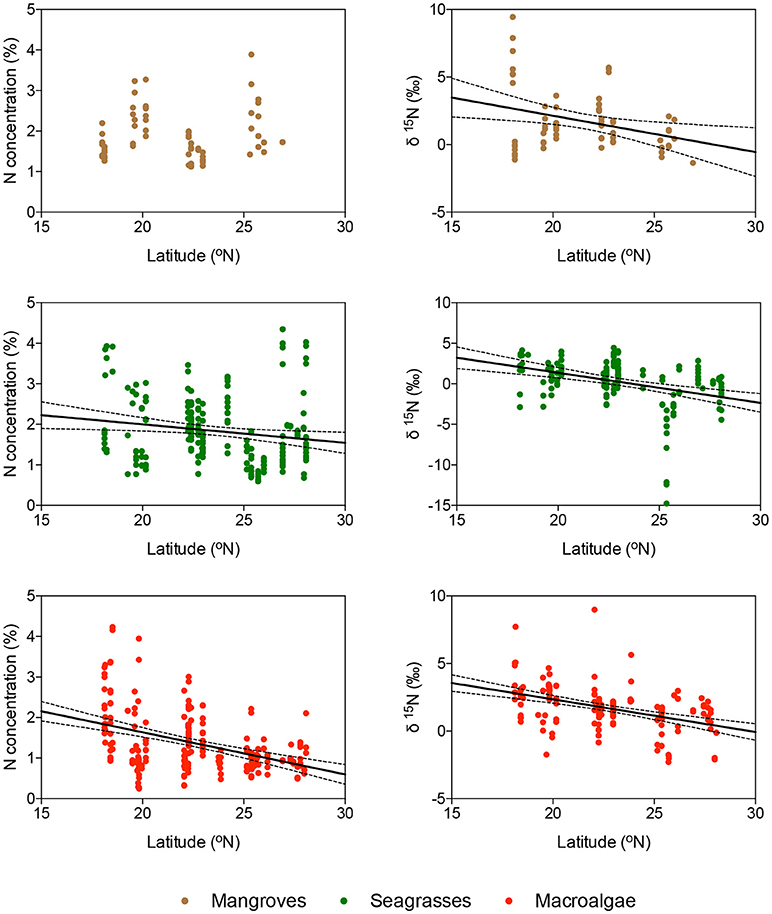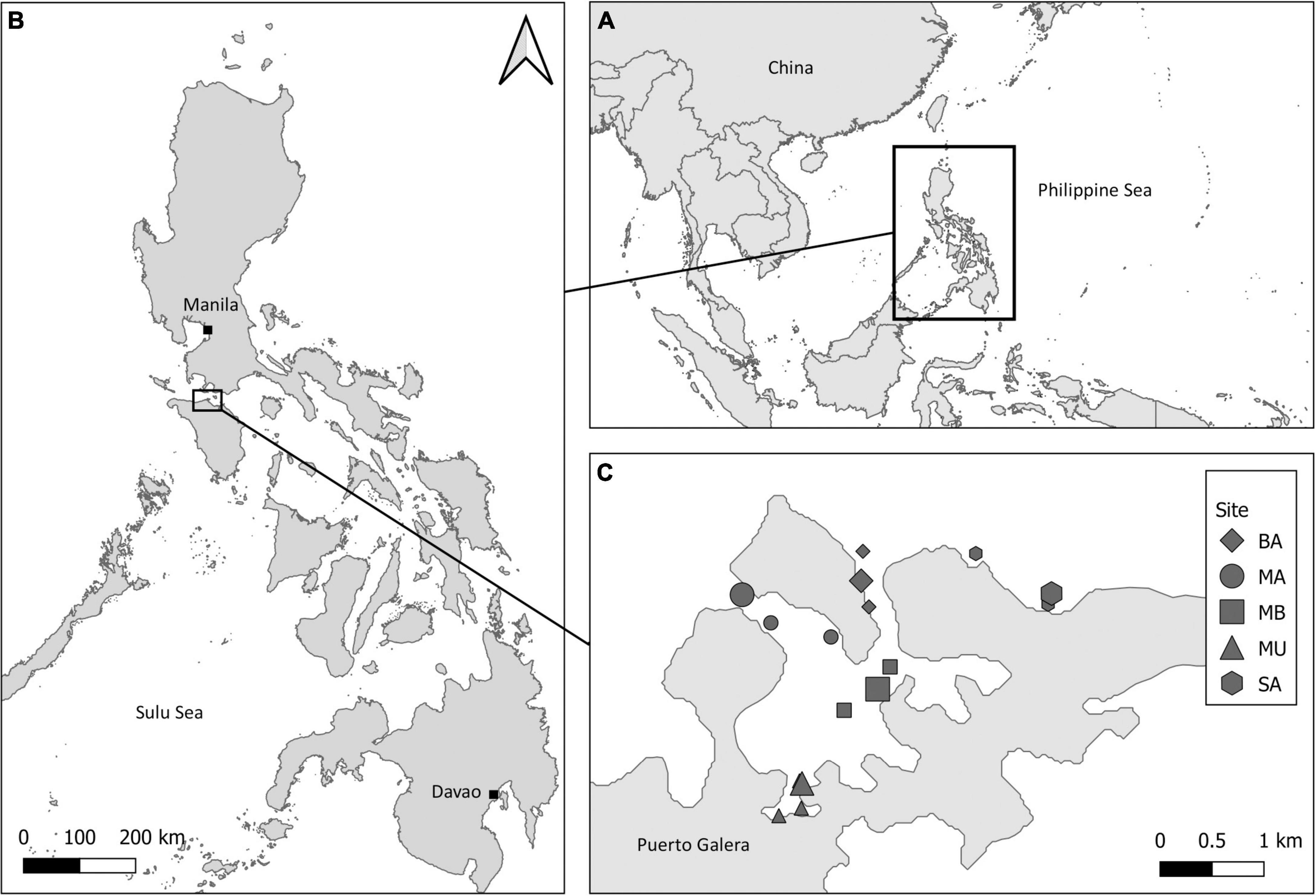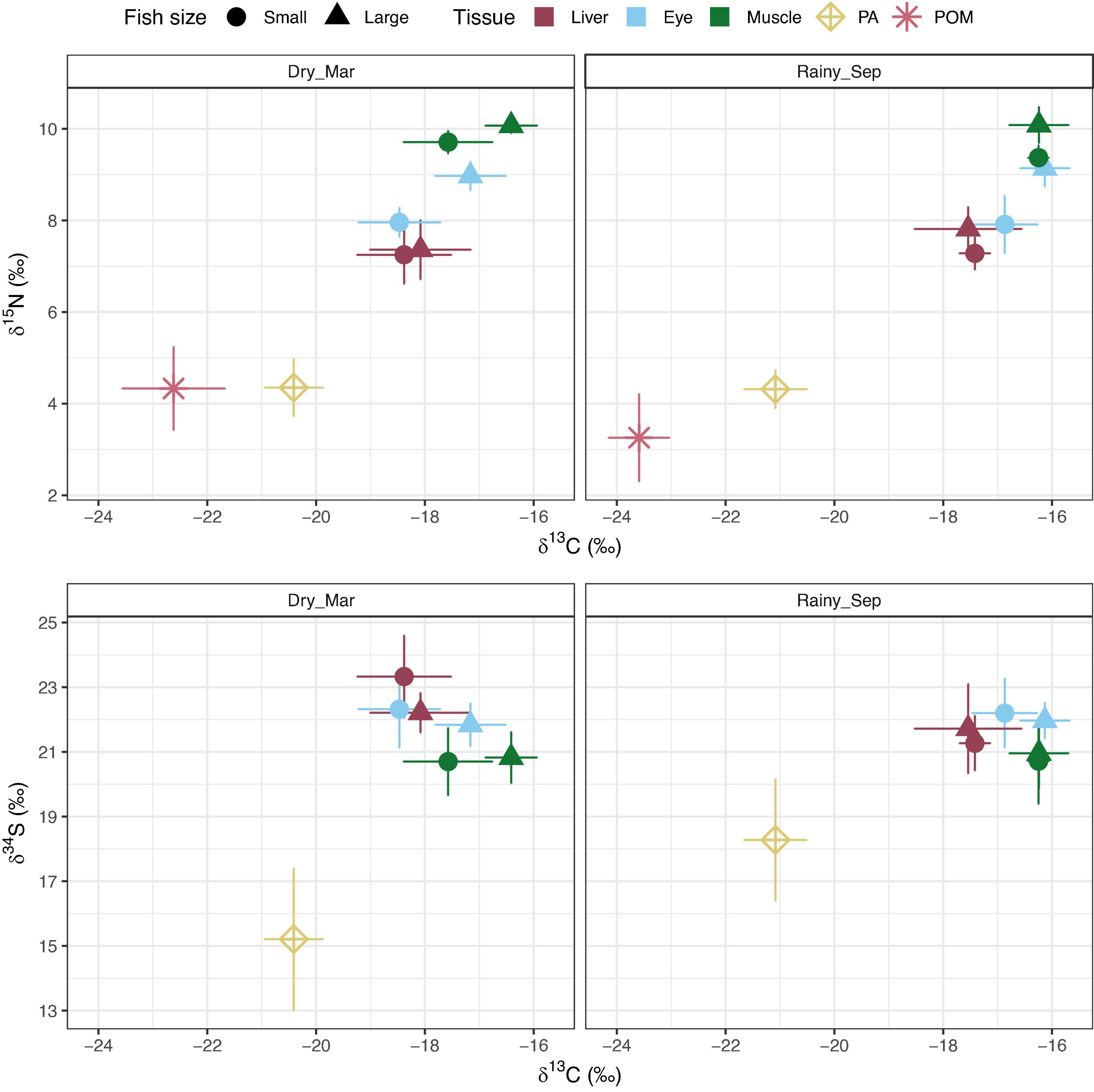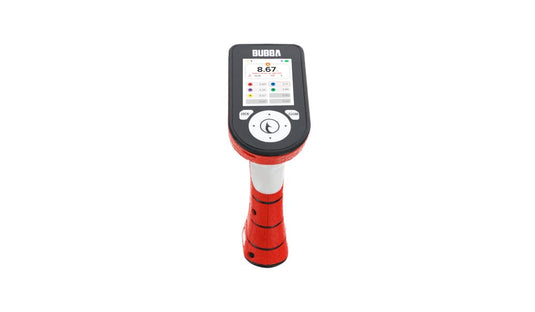
Fish scale stable isotopes as potential indicators of nutrient pollution: Exploring the response of roach (Rutilus rutilus) scale δ15N and δ13C to a gradient of land use disturbance - ScienceDirect

PDF) Composition of fish communities and fish-based method for assessment of ecological status of lakes in Lithuania

Beyond bulk δ15N: Combining a suite of stable isotopic measures improves the resolution of the food webs mediating contaminant signals across space, time and communities - ScienceDirect

Hierarchical cluster analysis of fish-based indices according to

of common human pressures proxies affecting biological integrity in

Spatial variations in the stable isotope composition of the benthic algae, Halimeda tuna, and implications for paleothermometry

Stable isotope ratios of carbon, nitrogen and sulphur and mercury concentrations as descriptors of trophic ecology and contamination sources of Mediterranean whales - ScienceDirect

Frontiers Stable Isotope (δ13C, δ15N, δ18O, δD) Composition and Nutrient Concentration of Red Sea Primary Producers

Isoscapes reveal patterns of δ13C and δ15N of pelagic forage fish and squid in the Northwest Pacific Ocean - ScienceDirect

Frontiers Stable isotopes elucidate body-size and seasonal fluctuations in the feeding strategies of planktivorous fishes across a semi-enclosed tropical embayment

Stable isotope ratios for carbon (d 13 C) and nitrogen (d 15 N; ±1 SD)

Isoscapes reveal patterns of δ13C and δ15N of pelagic forage fish and squid in the Northwest Pacific Ocean - ScienceDirect

Frontiers Stable isotopes elucidate body-size and seasonal fluctuations in the feeding strategies of planktivorous fishes across a semi-enclosed tropical embayment

Stable isotope ratios for carbon (d 13 C) and nitrogen (d 15 N; ±1 SD)

PDF) Defining fish community structure in Lake Winnipeg using stable isotopes (δ13C, δ15N, δ34S): Implications for monitoring ecological responses and trophodynamics of mercury & other trace elements




/product/00/6093052/1.jpg?2607)




